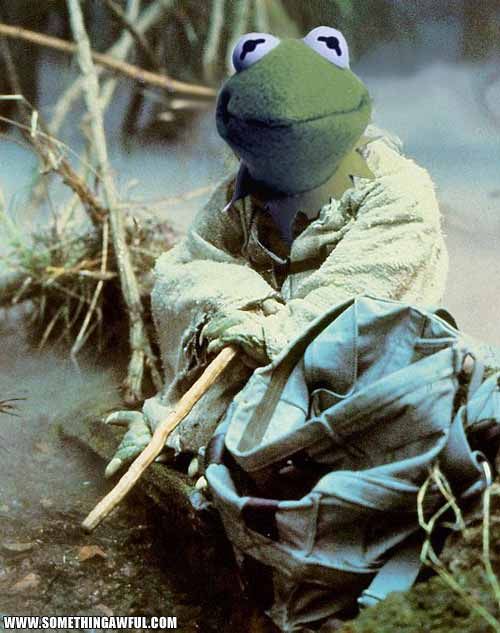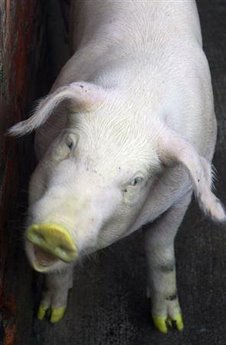Scientists Plan 'Pleistocene Park' in US

Someday...Nebraska?
New plan for the Great Plains: Bring back the Pleistocene
from The Christian Science Monitor
Elephants roaming North Dakota? Free-range camels and lions a couple hours' drive from Denver or Oklahoma City?
That's the vision behind a new call to "re-wild" parts of North America's Great Plains. Since people are leaving the region's rural areas, the logic goes, why not create large ecological reserves with animals that are kin to the mammoths, mastodons, and cheetahs that roamed the region 13,000 years ago?
 The approach echoes other proposals and projects to restore habitat in the Great Plains - with a twist. It would use the Pleistocene fossil record as a rough guide for restoration, rather than the historical record from Europeans' first contact. It might also provide a haven for large animals that are struggling to survive in their home habitats in Africa and Asia.
The approach echoes other proposals and projects to restore habitat in the Great Plains - with a twist. It would use the Pleistocene fossil record as a rough guide for restoration, rather than the historical record from Europeans' first contact. It might also provide a haven for large animals that are struggling to survive in their home habitats in Africa and Asia.Researchers summarized their proposal in the August 18 edition of Nature. Some call it "Pleistocene Park."
While many researchers consider the proposal "pie in the sky," other scientists see it as a bold vision. But behind it lies an important dynamic. Some specialists believe they're losing the battle to save many large animals from eventual extinction.
"I've been involved in conservation for 40 years, and in that time, we've learned a lot about how to do it better," says David Burney, director of conservation at the National Tropical Botanical Garden in Kalaheo, Hawaii, and one of the plan's authors. Despite individual successes, overall "we're still losing the battle. Some of us are trying to look at bigger patterns" in crafting conservation strategies.
The idea of giving regions of the Plains a more Pleistocene-like look could achieve several objectives, Dr. Burney says.
Using reserves to build the populations of large animals such as Bactrian camels, Bolson tortoises, and rare species of horses, elephants, cheetahs, and lions would provide a pool of range-adapted animals available for return if their home habitats eventually are saved. It also could relieve pressure where animals are becoming too abundant in reserves overseas.
In addition, these animals could fill long-vacant ecological niches here, Burney and his colleagues argue. This could help prevent the Plains from degenerating into a "pest and weed" ecosystem. Instead, over time the grasslands involved could reach a level of ecological and evolutionary health not seen in the region since the end of the last ice age.








 what the Great Conjunction is. 'What's the Great Conjunction?'
what the Great Conjunction is. 'What's the Great Conjunction?' 




 A Is for Androids
A Is for Androids B Is for Boba
B Is for Boba C Is for Calvin
C Is for Calvin D Is for Dragons
D Is for Dragons E Is for Elric
E Is for Elric F Is for Futures
F Is for Futures G Is for Genie
G Is for Genie H Is for Hobbits
H Is for Hobbits I Is for Iceman
I Is for Iceman J Is for Jedi
J Is for Jedi K Is for Kraken
K Is for Kraken





































































0 Comments:
Post a Comment
<< Home